HubSpot Marketing vs Non-Marketing Contacts | Differences Explained
Learn about the differences of HubSpot Marketing vs. Non-Marketing Contacts with our comprehensive guide.

Differentiate between Account-Based Marketing (ABM) and Marketing Automation to enhance your marketing endeavors effectively.
The shift from traditional mass marketing to more focused, individualized methods such as inbound marketing has proven revolutionary in the dynamic world of marketing tactics. Account-Based Marketing (ABM) and Marketing Automation (MA) are two well-known approaches that have revolutionized the way firms interact with their target audience as a result of this change.
ABM has become popular due to its accuracy in identifying critical prospects; the approach focuses on individualized marketing to certain high-value clients. Marketing automation, on the other hand, is a tech-driven strategy that automates and simplifies several marketing tasks, making them more efficient and scalable.
To develop a strong and efficient marketing plan that is specific to each company's goals, it is crucial to grasp the intricacies, differences, and possible synergies between ABM and MA as we go farther into the world of contemporary marketing.
Account-based marketing (ABM) is a strategy that focuses on engaging high-value accounts via individualized tactics rather than broad audience marketing. Essentially, ABM reimagines the old-fashioned "spray and pray" marketing strategy by zeroing in on specific accounts instead of targeting a wide demographic.
Finding and maintaining connections with clients who are valuable to a company are the main goals of this strategy. Unlike broad-brush marketing approaches, ABM concentrates on high-value accounts by carefully crafting campaigns that address their unique challenges and help them achieve their goals.
With this kind of tailored interaction, you may get to know your target accounts better, increasing the probability of conversion and loyalty over time. At its core, ABM is a methodology that is precise and focused on quality rather than quantity to produce significant results for businesses.
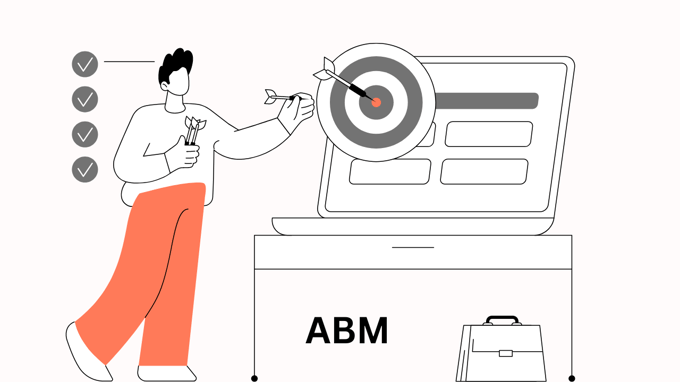
Here are the key components of ABM discussed below:
Finding and choosing the best accounts to target is the first stage in account-based marketing (ABM). In this step, the marketing and sales departments work together to identify target customers based on factors like industry, revenue potential, the size of the company, or other characteristics shared by your ideal client profile.
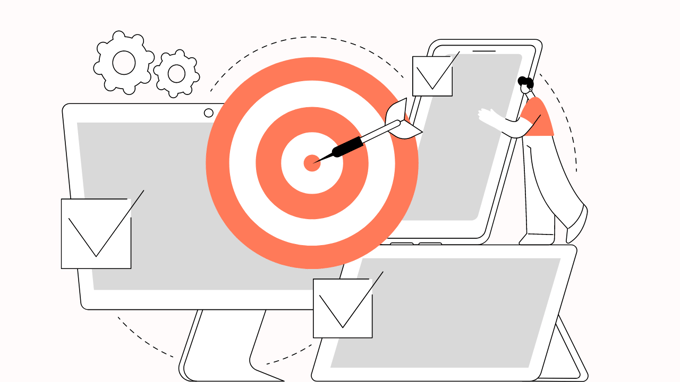
Email, social media, tailored online experiences, direct mail, and events are all part of a multi-touchpoint engagement strategy that may be used comprehensively. By using many channels, this strategy maximizes the message's exposure and effect by reaching the intended accounts.

One way to reach important decision-makers in such accounts is to use customized advertising. One such approach is to target particular businesses or individuals inside them with personalized advertisements using systems that support account-based advertising.
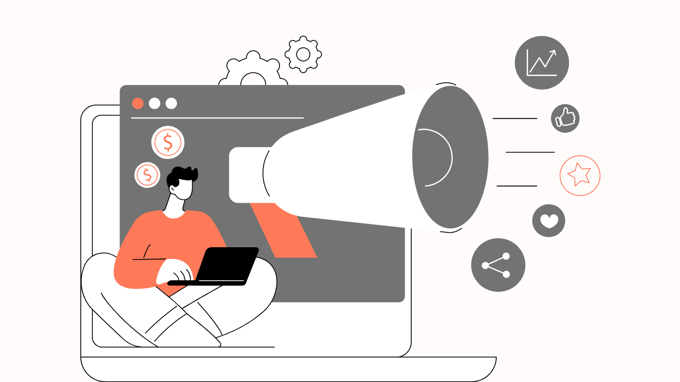
At ABM, we focus on what the target accounts want and need. In order to increase the likelihood of establishing good connections, it is helpful to understand their difficulties, objectives, and preferences so that the marketing strategy may be adjusted to meet their unique needs.

The main objective of marketing automation is to increase productivity and maximize outcomes via the use of software and technology to automate and simplify marketing jobs and processes. Essentially, the goal of marketing automation is to streamline repetitive processes so that marketers can concentrate on long-term goals like lead nurturing and sales funnel optimization.
Automated processes that lead prospects through the buyer's journey, from first interaction to conversion and beyond, are the focus of this strategy. Marketers may better engage their target audiences by using automation to modify content delivery, set up reaction triggers based on user behaviors or criteria, and monitor engagement metrics.
By targeting the correct people with the appropriate message at the right time across the customer lifecycle, marketing automation aims to increase conversions, boost productivity, and better manage leads.

Leads are valued according to their interactions and behaviors in this component, which helps marketers prioritize leads based on their conversion chances. Lead scoring is a useful tool for identifying and focusing on leads that show purchase intent by assessing numerous indicators such as website visits, email engagement, and social media interactions.
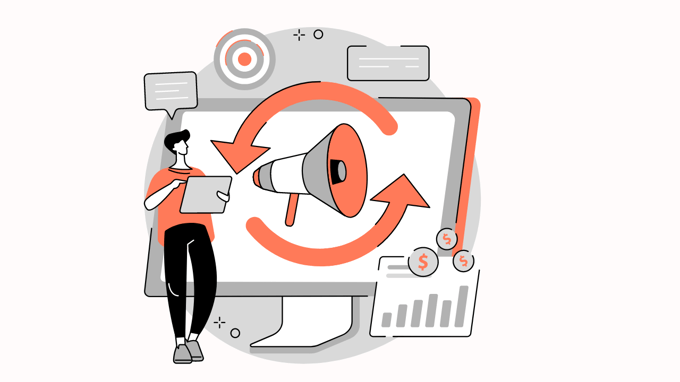
This part is all about helping leads go through the sales funnel by providing them with helpful and relevant material at different points in their journey as a buyer. Leads are nurtured and kept engaged until they are ready to convert using automated processes that supply timely information.
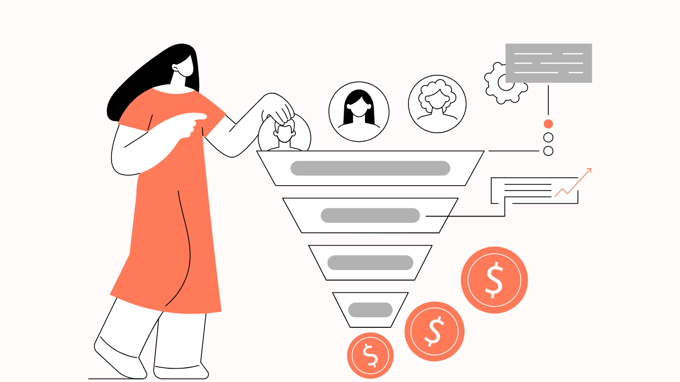
With the use of marketing automation solutions, you can access powerful statistics that reveal campaign success, audience habits, and return on investment (ROI). By monitoring KPIs in reporting dashboards like open, click-through, and conversion rates, among others, marketers can optimize their campaigns in real-time and make data-driven decisions.

Marketing automation is based on the idea of automating and streamlining challenging marketing operations. Automating routine operations like sending emails, publishing to social media, and following up on leads allows marketers more time to concentrate on strategy and creativity.

ABM focuses on a small number of very valuable target accounts using an account-centric strategy. It places a premium on one-on-one interaction and modifies marketing strategies according to each account's unique requirements.
Alternatively, MA takes a lead-centric approach, reaching out to more people using automated processes to capture and nurture leads, often valuing quantity over personalization.

ABM focuses on a small number of highly valued accounts rather than trying to win over a large number of customers. Relationship development, account granularity analysis, and the delivery of highly customized material and interactions are the cornerstones of this strategy.
On the other hand, MA tries to assist leads more systematically through the sales funnel or customer lifecycle stages by automating marketing operations across many touchpoints, to engage a broader audience.
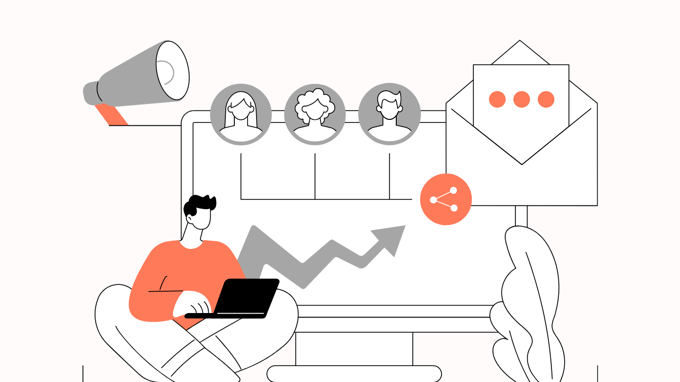
Customizing content and techniques to address the unique challenges faced by each targeted account is a key component of account-based marketing (ABM).
Conversely, marketing automation (MA) is all about using technology to accelerate marketing chores. Leads are fostered via preset processes and sequences, frequently using uniform content and messages.

Relationship building with targeted accounts is a major focus of account-based marketing (ABM), to develop lasting partnerships and stronger ties.
Lead nurturing and engagement are both made easier with MA, but the main focus is usually on getting leads through the sales funnel quickly rather than building personalized connections.

One distinguishing feature of ABM is its hyper-targeting of a small number of very valuable customers. It finds these accounts one by one and then adjusts its marketing to meet its specific goals, challenges, and requirements. Account-based marketing (ABM) emphasizes tailored content and interactions to guarantee that every message reaches the intended account on a profound level. To build a solid and unique relationship that encourages trust and commitment, this tactic makes use of extensive research and personalization.

Marketing automation, on the other hand, reaches out to more potential customers. MA streamlines operations and engages leads via preset procedures by using automation. The material and interactions are often more generic and automated, but it helps with lead nurturing and engagement. MA prioritizes flexibility and effectiveness above ABM's individualized attention to leads by sending material in response to specified triggers or actions.
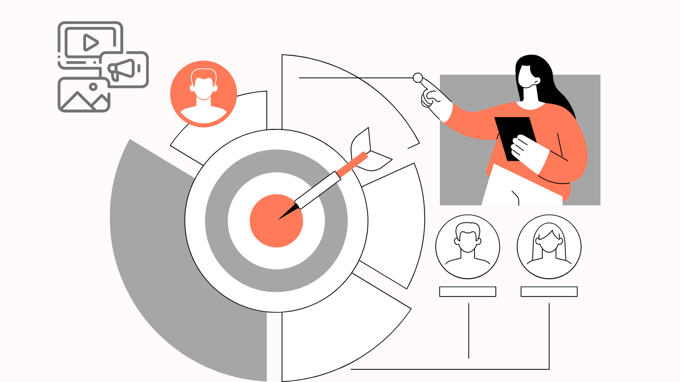
When the sales and marketing departments work together, ABM is able to flourish. In order to successfully discover, target, and engage high-value accounts, this method promotes alignment and tight coordination across various divisions. When defining ideal client profiles, selecting target accounts, and developing specific tactics suited to each account's requirements, the sales and marketing teams work closely together. This joint effort fosters a cohesive strategy to engaging and converting important clients and ensures that both teams are aligned, working towards common goals.

In contrast to ABM's emphasis on sales and marketing teams working together, marketing automation tends to center on automating marketing operations. However, it does entail some degree of cooperation. Through the use of technology, MA automates lead nurturing, segmentation, and campaign management procedures, therefore streamlining marketing duties and workflows. On the other hand, departmental cooperation isn't strictly necessary; rather, the focus is on automating marketing activities for optimal performance.

A more comprehensive targeting strategy is possible when the tailored approach of ABM and the automated capabilities of MA are combined. Using MA's automation technologies in conjunction with an ABM framework, marketers can scale customized interactions by customizing content and interactions for both particular accounts and larger audience groups.

The integration of ABM and MA systems enables the exchange and analysis of extensive data. While MA monitors the actions of larger audiences, ABM delves further into specific accounts. Marketers may have a more complete picture of audience trends and account engagement when they merge these statistics.
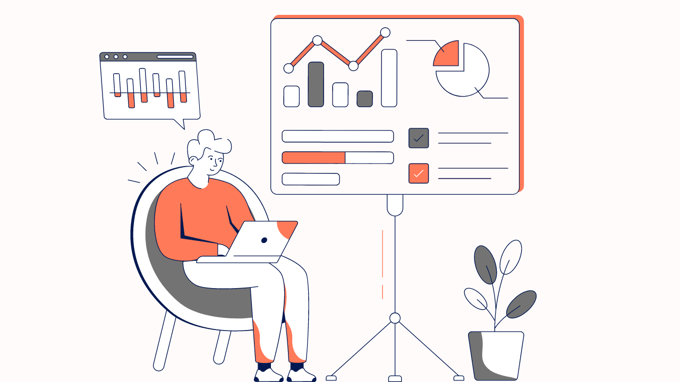
Allocating resources more efficiently is possible with the integration of ABM and MA methods. Automated marketing (MA) simplifies operations for larger audience groups, while account-based marketing (ABM) concentrates on high-value customers. The efficient allocation of resources is guaranteed by this partnership, which strikes a balance between scalable automation and individualized interaction.
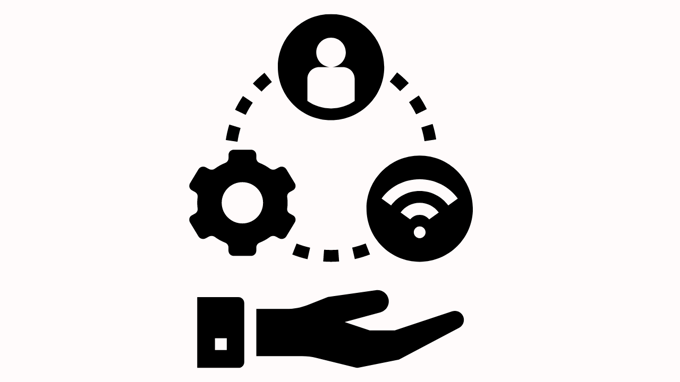
Decisions on Account-Based Marketing (ABM), Marketing Automation (MA), or a combination of the two should be based on how well each fits with the overall objectives, demographics, and means of your company. With ABM, you can dedicate additional resources and create individualized strategies to connect with a small number of high-value clients in a precise and customized manner.
On the other hand, MA is great at automating the management of a larger audience, which makes it ideal for expanding and generating leads. A fair distribution of resources and coordination between the marketing and sales departments are prerequisites for a hybrid strategy that combines the individualized attention of ABM with the flexibility of MA, ideal for use with important customers.
Understanding the specific requirements of your company and identifying the approach or combination of approaches that are most suitable for your goals, the dynamics of your audience, and the amount of customization and adaptability you seek are the elements that ultimately determine the selection. If you do face any problems with marketing automation or account based marketing, we recommend you to consult with an expert.
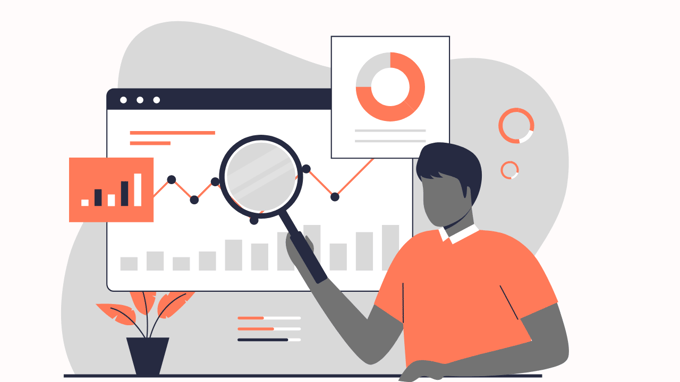
Finally, marketing automation (MA) focuses on automatic scalability, while account-based marketing (ABM) focuses on personalized interaction with specific accounts. However, there are chances to integrate the two techniques due to their synergy, which would increase the total efficacy of marketing. To maximize the benefits of any strategy, companies must first identify their own requirements and goals.
Tailoring a strategy to meet specific company objectives is crucial, whether that's placing a premium on ABM, MA, or a combination of the two. Businesses may successfully manage the ever-changing world of marketing tactics by grasping these technicalities, which will allow them to adopt a more focused, efficient, and effective strategy that connects with their target demographic and yields tangible results.
.png?format=webp&width=400&height=250&name=HubSpot%20Marketing%20vs%20Non-Marketing%20Contacts%20(1).png)
Learn about the differences of HubSpot Marketing vs. Non-Marketing Contacts with our comprehensive guide.

Explore the pivotal role of marketing automation for Manufacturing Businesses in overcoming unique marketing challenges.
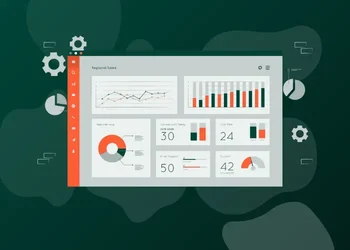
Explore the top 7 HubSpot marketing dashboards to streamline your marketing strategy, enhance ROI, and make data-driven decisions with custom...